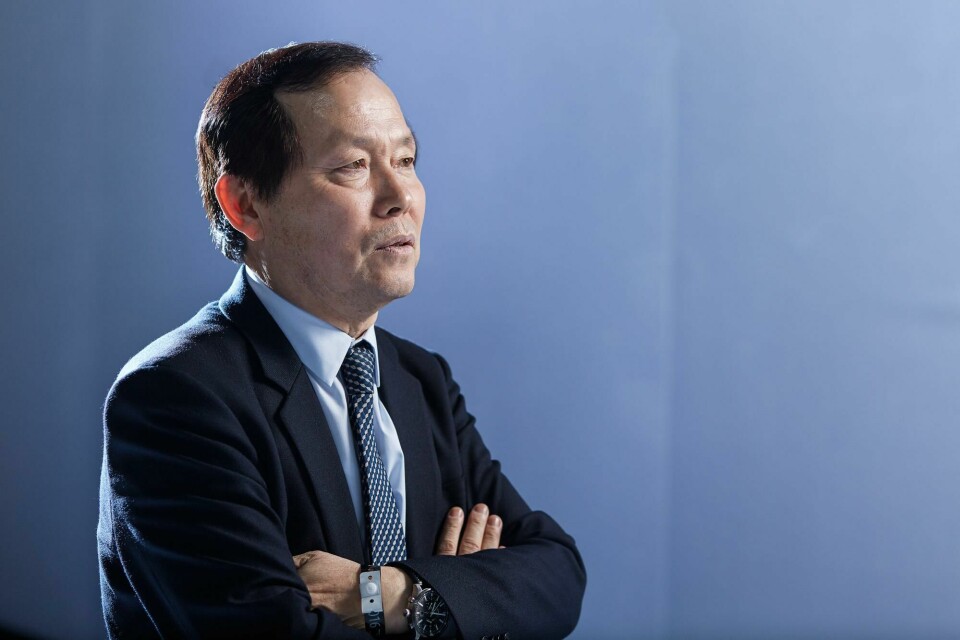
The Designers Pt3: Seon-Ho Yeon, Kia
How ensuring the needs of the user are met is at the heart of Kia design
“Drawing ability, good communication and imagination – that’s what Kia looks for in a design student…”
The Kia Soul marked the turning point for the brand. It was in a ‘grey zone’ in terms of segment, being neither a sedan nor SUV. When it first launched, the market questioned its identity, as a ‘crossover’ back then meant neither one nor the other. It took lots of conviction and communication to imprint the current ‘Design Kia’ image.

A render of the second-generation Kia Optima
The second-generation Kia Optima and fourth-generation Sportage, launched at the New York and Frankfurt motor shows respectively, were two really important projects from 2015. The characteristics of Kia design are simple but elegant shapes, character lines with a concise design and a sporty profile. For example, elements of the Optima are organically connected from front to rear like a gemstone. The new Sportage has a more robust theme.
As SUV segments began to sub-divide, a more upscale and differentiated Sportage was demanded. When you face the new Sportage, you should be able to feel that robust design with its plentiful volumes and aggressive shape.

Fourth-generation Kia Sportage
Kia now has design studios around the globe. Indeed, a huge one opened in Yantai, China, in April 2015, joining studios in Namyang (Korea), Frankfurt and California. These studios develop optimised design for local markets, and ideas created by global designers become nourishment for future Kia design.

Sketch of the latest Kia Sportage interior
The new Chinese studio already has some 20 staff working on product development and research, and although we still do China-specific products we will look to do more global products in time. Kia Design has designers from 20 different countries around the world, more than half of our staff come from Europe or North America. My role is to communicate with them and support them to create good design.

Next-generation Kia Cadenza
Customer requirements are increasing but we need to simplify the future. We have to think about the safety of functions when driving. We need to compare the way tablets and smartphones are used. Some younger drivers might like that approach, but older drivers may not. My main mission is to comprehend consumer need beforehand.
Kia models are based on communication with consumers, as one-way communication is mostly ineffective. Finding out the needs of the user is the essence of design. There will be no future if we consider the car only as a means of transportation. Based on that viewpoint, we are designing the car with new interpretations. Other than performance, we are designing cars so users can enjoy various lifestyles within the vehicle.




